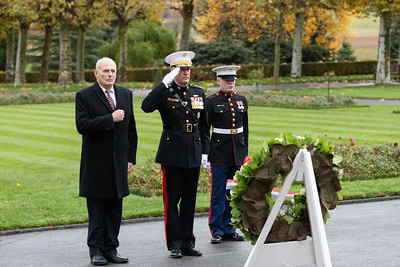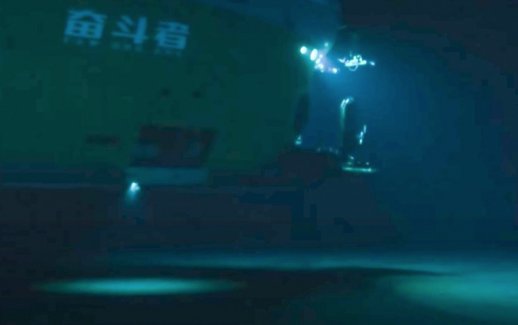Setup: Two events aimed at NATO ally Poland were apparently orchestrated by Moscow, Belarus, and Wagner Group mercenaries this week: (1) Wagner mercenaries moved toward the strategic Suwalki gap that joins NATO ally Poland with the Baltics (Estonia, Latvia, and Lithuania), (2) and a military helicopter incursion into Poland by at least two low-flying Belarusian military helicopters some 100 miles to the South over the Białowieża National Park forest area. One helicopter depicted bore the numeral 86 on its side and was reportedly an Mi-8 transport helicopter while the other bearing the numeral 14 was reportedly an Mi-24 Hind attack helicopter.
Risk: If the flight path of the Belarusian helicopters was not continuously observed nor captured on radar from start to finish the risk of a bold infiltration of the Polish forest by pro-Russian military elements must be considered for the national security of Poland and the NATO defense. Twitter (now “X”) account @visegrad24 posted photos of the Belarusia-marked helicopters and a map of the purported flight path of the helicopters into Poland, into Białowieża National Park, and back to Belarus which are the feature photograph of this dispatch. However, the flight map may not reflect actual continuous observation, technical or human.
The Mi-8 transport helicopter is capable of carrying up to 24 combat troops and significant payloads. The door of the Mi-8 transport helicopter captured in private photos and posted to X (formerly Twitter) appeared closed, concealing the payload. The Mi-24 Hind attack helicopter is capable of carrying up to 8 combat troops or 4 litters, its doors also apparently closed. The Polish forests in the Białowieża National Park forest area could provide thick, substantial cover for infiltrators. See pages of UNESCO Heritage site photos of the Białowieża Forest and the inset Wikimedia posted creative commons image, below:

Discussion: Reportedly, the breach of Polish airspace was brief, yet it is not clear exactly how long the helicopters were inside Poland, whether they slowed, offloaded, or landed while there. The Polish Defense Ministry reported the flights were at “very low altitude, making detection by radar systems difficult..” suggesting that the flight was not continuously observed by radar and human witnesses during the flight, accentuating the risk of unobserved activities by the helos. The Belarusian defense ministry, as expected, denied the incursion.
One expert noted that the Belarusian military helicopter incursion was first reported and photographed by people living in the area on the Polish side, suggesting that the Polish military’s radars may have missed the incursion or did not attain continuous monitoring of it.
The helicopters were reportedly engaged in military exercises when they crossed into Poland, however, the hostilities against Ukraine, a series of threats to Poland over time, and recent Belarusian and Russian musings about using Wagner mercenaries to attack Poland make possible infiltration an issue.
Recommendations: Poland and Baltic neighbors will benefit from drone surveillance of their borderlands. Poland could benefit from a combination of drone and overhead surveillance of the highest yield hiding areas for small forces inside of and at the perimeters of the Białowieża National Park forest area. Proximity to potentially helpful local features or resources are another consideration for surveillance. Sabotage targets in or surrounding the forest, if any, should also be considered. The area is inhabited with wildlife, including large numbers of bison which could be hunting targets for living off the land for small forces, and the panicked movement of which might be of surveillance value.
Data from sensors and cameras utilized in natural resource management, park services, farming, outdoor activity, touring, and logging should be protected, preserved, and reviewed by the Polish defense ministry. Tagged bison might also capture uncharacteristic movement of herds, post incursion or insertion.
A caveat here is if the helicopter flight was meant for political-psychological impact on the Poles only, or whether it was also operational. Political, tactical, and psychological impact could include diversion from actual operations planned or ongoing elsewhere. Whether monitoring the national park area will take up any scarce surveillance resources should be considered and extra surveillance and reconnaissance means found to boost capacity for Poland’s defense and security.
Efforts to disrupt Polish supply transports by air, rail, or roadway among NATO allies that happen also to be in the Ukraine Defense Contact Group supporting Ukraine’s self-defense should also be considered. For example, if Wagner or other forces brought anti-air capabilities with them, it could make the risk costlier overall.
Intelligence gathering will always be part of an infiltration, to include for operational security of the small force, reportable strategic or tactical information for a larger force or state, and possibly the contacting of pro-Moscow intelligence operatives or their handled assets.
Essential: Any thorough vetting of the potential drop-zone and analyses of diversionary risks associated with it will be balanced out by taking the opportunity to bolster and intensify defenses, their adaptability, and proactive, non-predictable measures to reverse the effects of the incursion and its possible risks.

